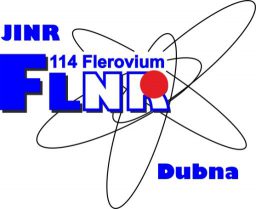Visiting session of the Scientific Council of the Physical Sciences Division of the Russian Academy of Sciences at JINR
From December 16 to 18, 2024 a mixed-format visiting session of the Scientific Council of the Physical Sciences Division of the Russian Academy of Sciences on the problem “Radiation Physics of Solids” (NS RPTT) was held at the Joint Institute for Nuclear Research. The event was aimed at exchanging experience and discussing the latest achievements in the field of Radiation Physics of Condensed Matter. In addition to JINR employees, representatives of more than 10 Russian scientific centers took part in the session.
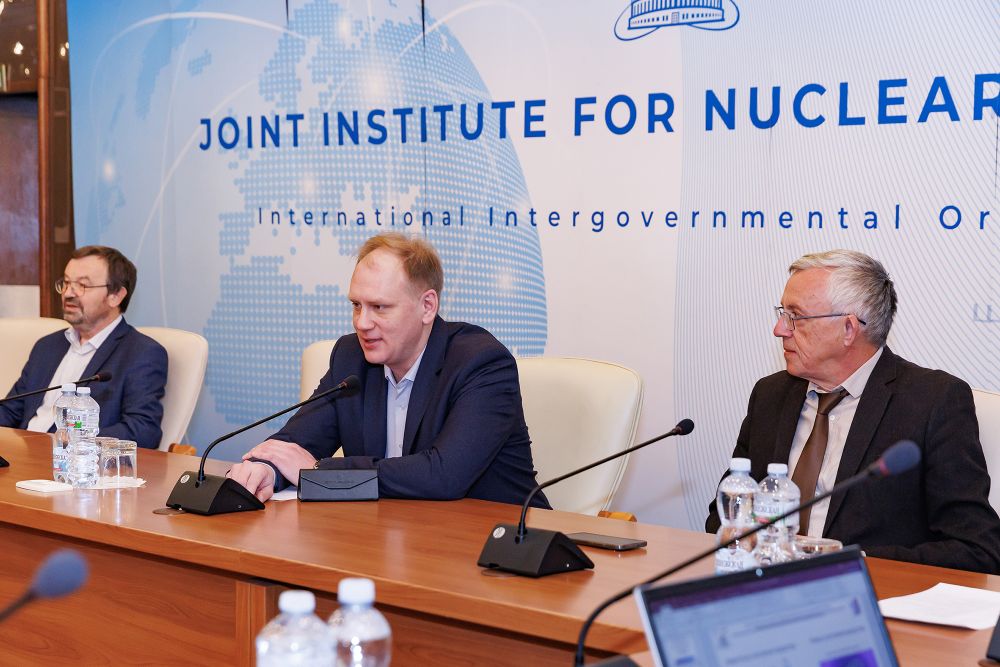
Sergei Sidorchuk, FLNR director noted in his opening address the importance of Dubna as one of the centers for radiation physics development. “It was here that the study of detector radiation resistance started that became the basis for the formation of a new direction in the area of nuclear membrane research,”- he emphasized. Sergei Sidorchuk spoke also about Laboratory’s current projects including the construction of DC-140, a new accelerator complex which will facilitate the development of research in the field of radiation materials science.
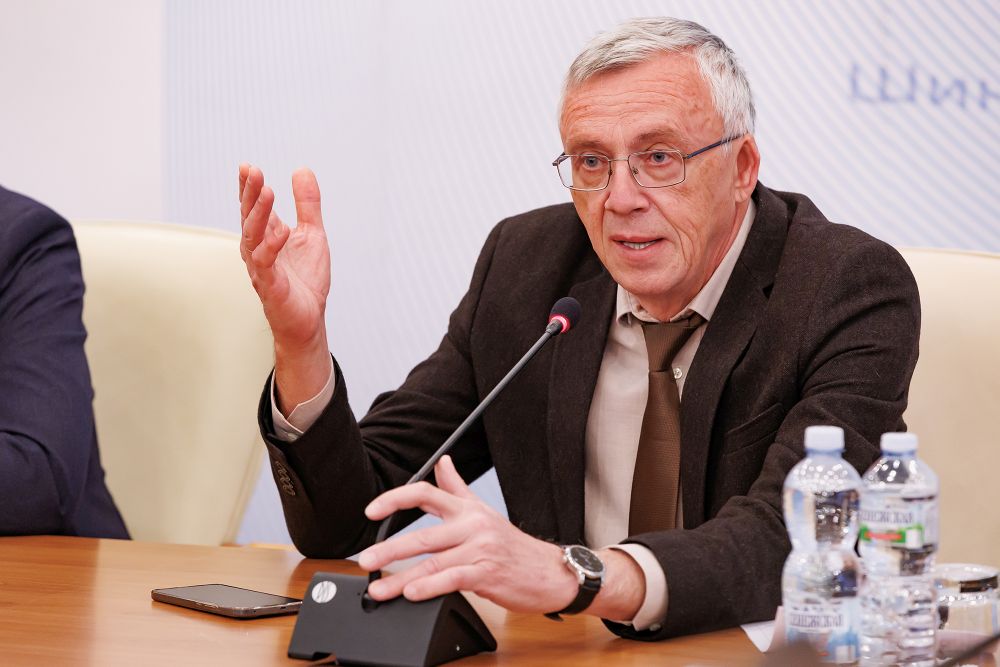
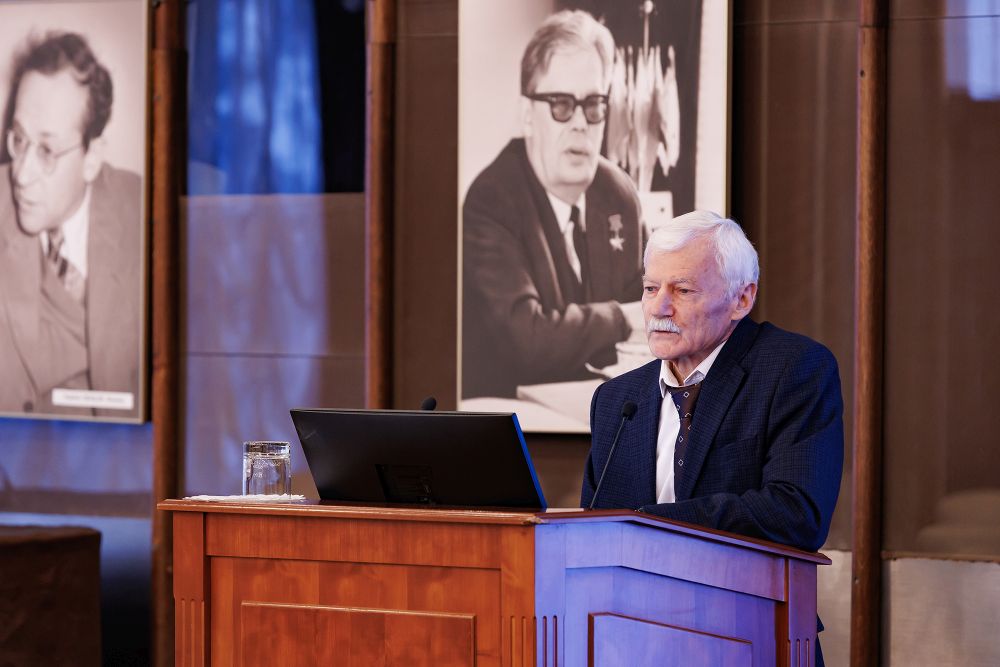
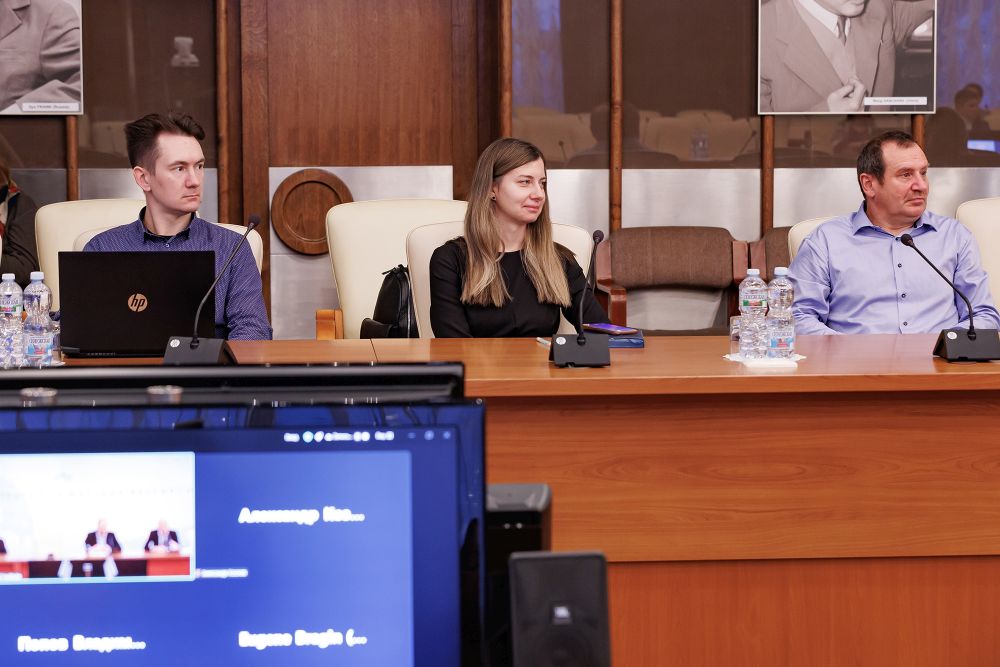

Pavel Apel, head of the FLNR Center of Applied Physics opened the scientific program of the session. He spoke in details about the use of accelerated ions as an instrument for creating micro- and nanoporous structures in polymers.
The historical development of the FLNR JINR experimental setups which were designed to fulfil the tasks of producing nuclear filters and improving ion-track technologies was presented to the participants of the meeting.
Pavel Apel also spoke about DC-140, a new specialized cyclotron which is currently being built at FLNR. The accelerator complex will have three separated channels, designed for testing microelectronics, radiation materials science and irradiation of polymer films.
Alexander Sokhatski, head of the radiation physics group of FLNR Sector N8 presented the methodology for studying homogeneous ion damage and alloying of reactor materials. The first results were demonstrated with a helium ion beam.
Ruslan Rymzhanov, senior research scientist of the FLNR sector of Ion-implantation nanotechnology and radiation materials science spoke about the specifics of the multiscale computer simulation in studying the effects of dielectrics irradiation with high-energy heavy ions.
Based on the JINR experience as an international organization Vladimir Skuratov, head of the FLNR sector of Ion-implantation nanotechnology and radiation materials science expressed support for the idea of attracting foreign specialists to the work of the council.
